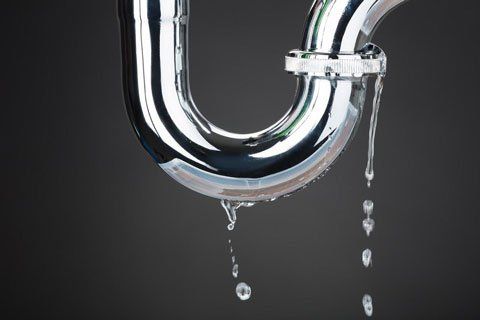Overview To Water Leak Detection In Your Home
Overview To Water Leak Detection In Your Home
Blog Article
Have you been trying to find info about Leaking water lines?

Early discovery of leaking water lines can alleviate a potential catastrophe. Some little water leakages may not be visible.
1. Analyze the Water Meter
Every home has a water meter. Inspecting it is a surefire manner in which helps you uncover leakages. For starters, turn off all the water resources. Make certain nobody will certainly flush, utilize the tap, shower, run the cleaning machine or dishwasher. From there, most likely to the meter and watch if it will change. Because no one is using it, there should be no motions. If it moves, that suggests a fast-moving leak. Similarly, if you identify no changes, wait an hour or two as well as examine back once again. This means you might have a slow leakage that can even be below ground.
2. Check Water Usage
If you spot abrupt adjustments, in spite of your usage being the very same, it implies that you have leakages in your plumbing system. An abrupt spike in your costs shows a fast-moving leakage.
A stable increase every month, also with the same habits, reveals you have a sluggish leakage that's likewise gradually intensifying. Call a plumber to thoroughly inspect your home, specifically if you really feel a warm area on your floor with piping below.
3. Do a Food Coloring Test
When it comes to water intake, 30% comes from toilets. If the color in some way infiltrates your dish during that time without flushing, there's a leakage in between the tank as well as bowl.
4. Asses Outside Lines
Don't neglect to inspect your outdoor water lines as well. Test faucets by connecting a yard hose. Must water seep out of the link, you have a loose rubber gasket. Change this as well as make certain all connections are limited. If you've obtained a lawn sprinkler, it will certainly assist get it expertly examined and also kept annually. One tiny leak can throw away lots of water and also increase your water bill.
5. Inspect and Analyze the Scenario
Homeowners ought to make it a behavior to check under the sink counters and also also inside cabinets for any kind of bad odor or mold and mildew growth. These two red flags show a leakage so punctual focus is needed. Doing routine assessments, also bi-annually, can save you from a major issue.
Check for stainings and deteriorating as most pipelines and home appliances have a life span. If you suspect leaking water lines in your plumbing system, do not wait for it to escalate.
Early discovery of dripping water lines can mitigate a prospective calamity. Some tiny water leaks might not be noticeable. Checking it is a guaranteed means that helps you find leakages. One little leak can lose tons of water as well as surge your water costs.
If you suspect leaking water lines in your plumbing system, don't wait for it to rise.
WARNING SIGNS OF WATER LEAKAGE BEHIND THE WALL
PERSISTENT MUSTY ODORS
As water slowly drips from a leaky pipe inside the wall, flooring and sheetrock stay damp and develop an odor similar to wet cardboard. It generates a musty smell that can help you find hidden leaks.
MOLD IN UNUSUAL AREAS
Mold usually grows in wet areas like kitchens, baths and laundry rooms. If you spot the stuff on walls or baseboards in other rooms of the house, it’s a good indicator of undetected water leaks.
STAINS THAT GROW
When mold thrives around a leaky pipe, it sometimes takes hold on the inside surface of the affected wall. A growing stain on otherwise clean sheetrock is often your sign of a hidden plumbing problem.
PEELING OR BUBBLING WALLPAPER / PAINT
This clue is easy to miss in rooms that don’t get much use. When you see wallpaper separating along seams or paint bubbling or flaking off the wall, blame sheetrock that stays wet because of an undetected leak.
BUCKLED CEILINGS AND STAINED FLOORS
If ceilings or floors in bathrooms, kitchens or laundry areas develop structural problems, don’t rule out constant damp inside the walls. Wet sheetrock can affect adjacent framing, flooring and ceilings.
https://www.servicemasterbyzaba.com/blog/how-to-detect-water-leakage-in-walls/

I am just very fascinated by Finding hidden leaks and I'm hoping you enjoyed reading the page. Those who enjoyed our blog post plz don't forget to pass it around. I take joy in reading our article about Finding hidden leaks.
Report this page